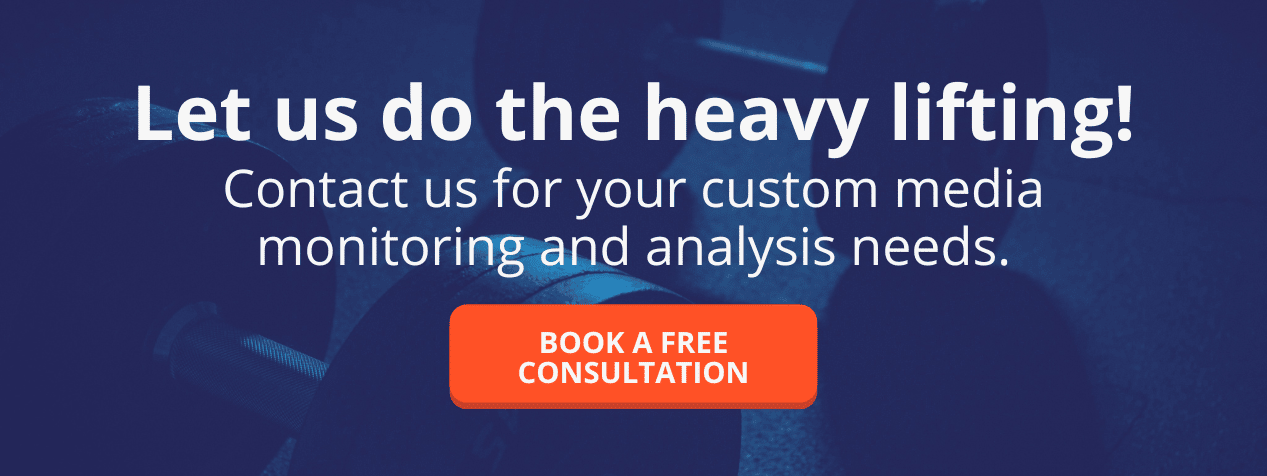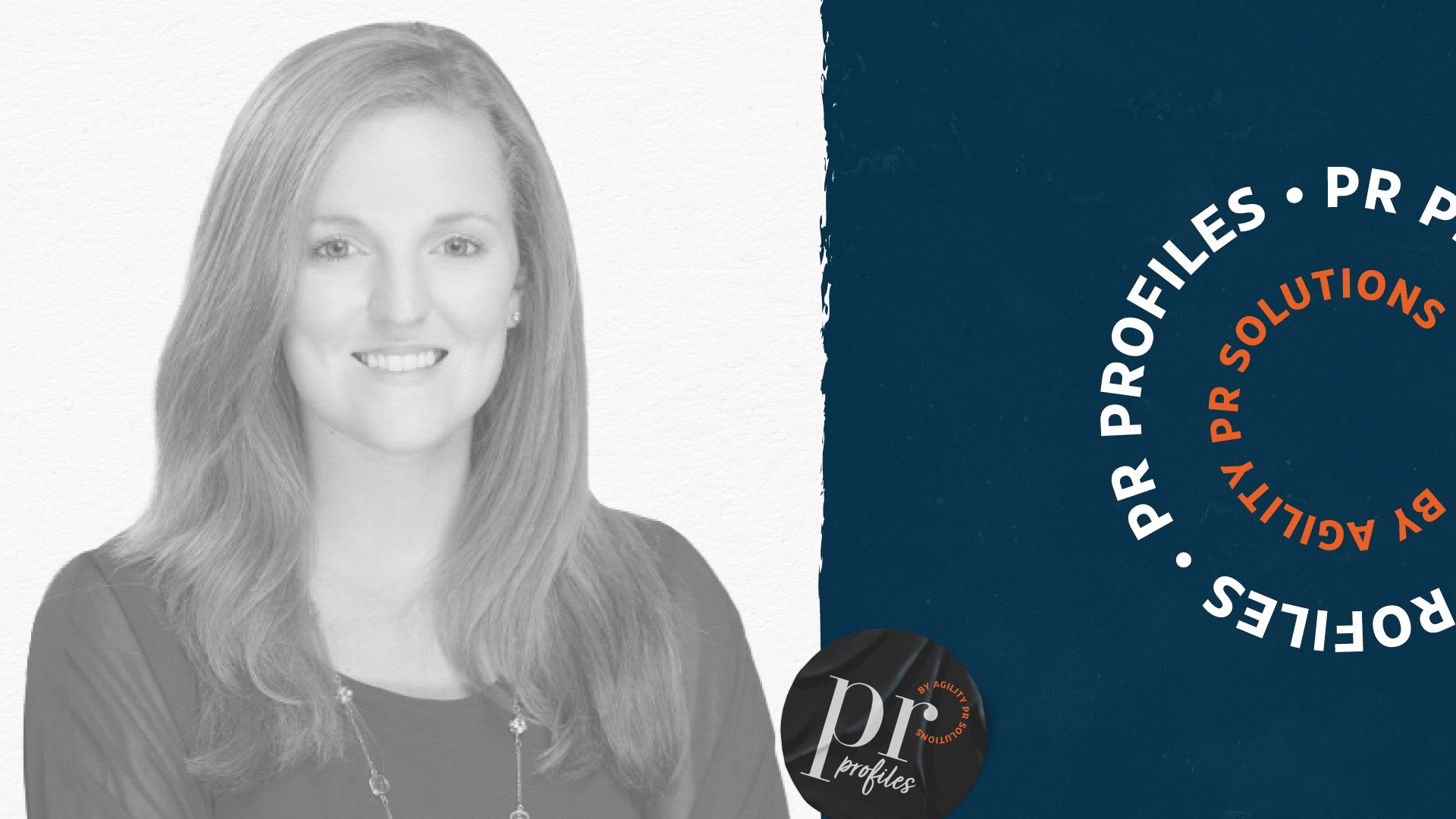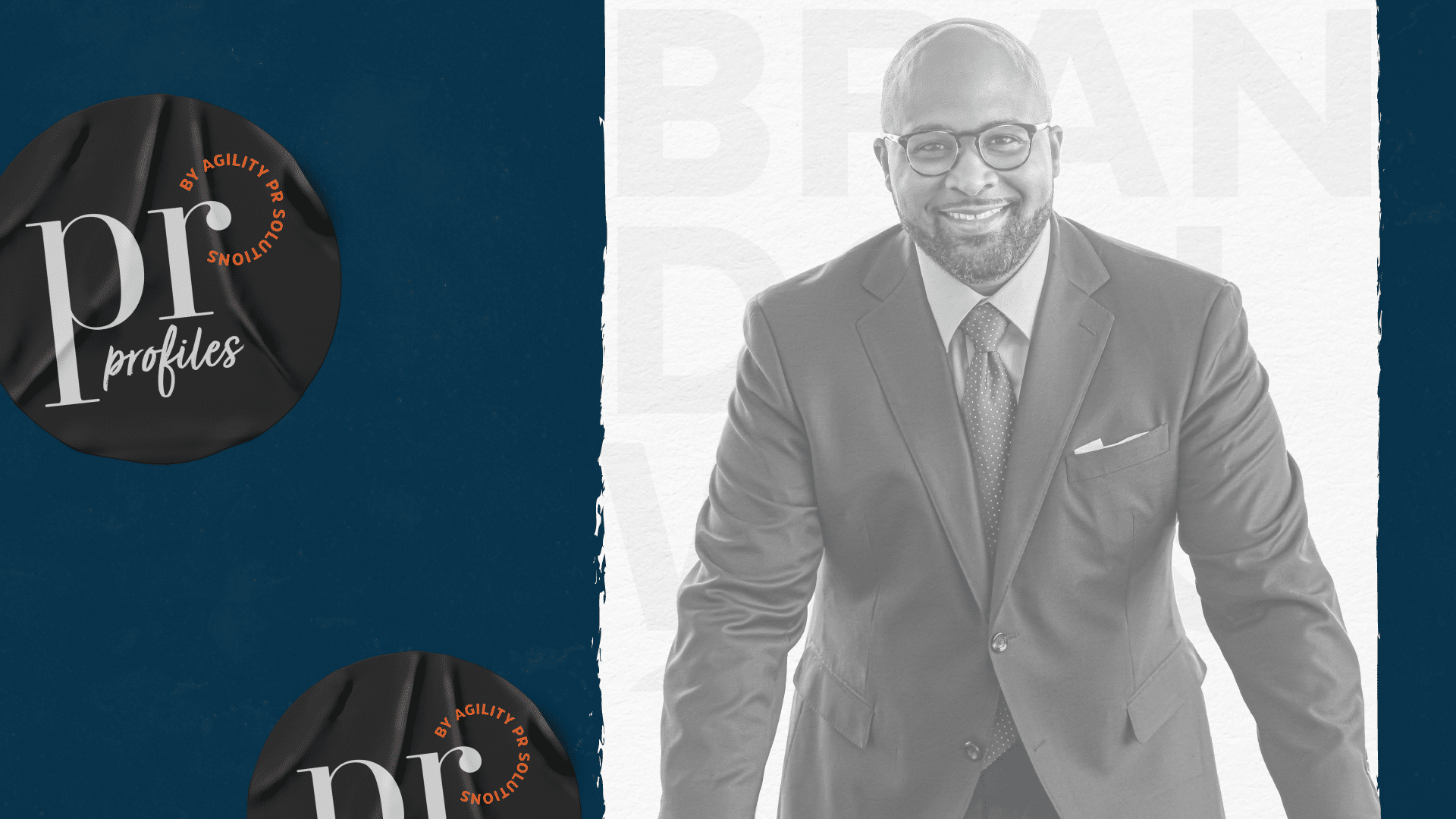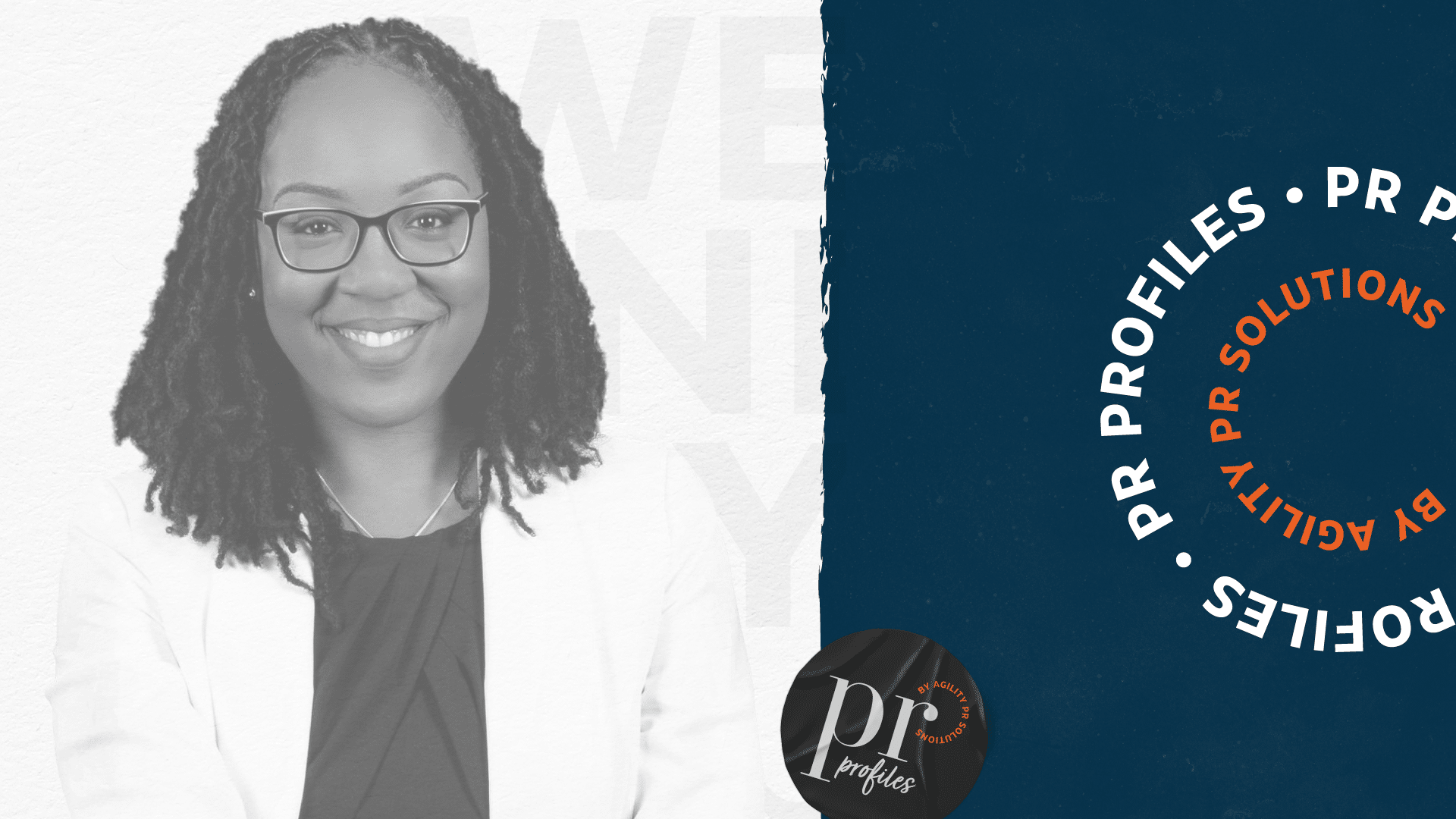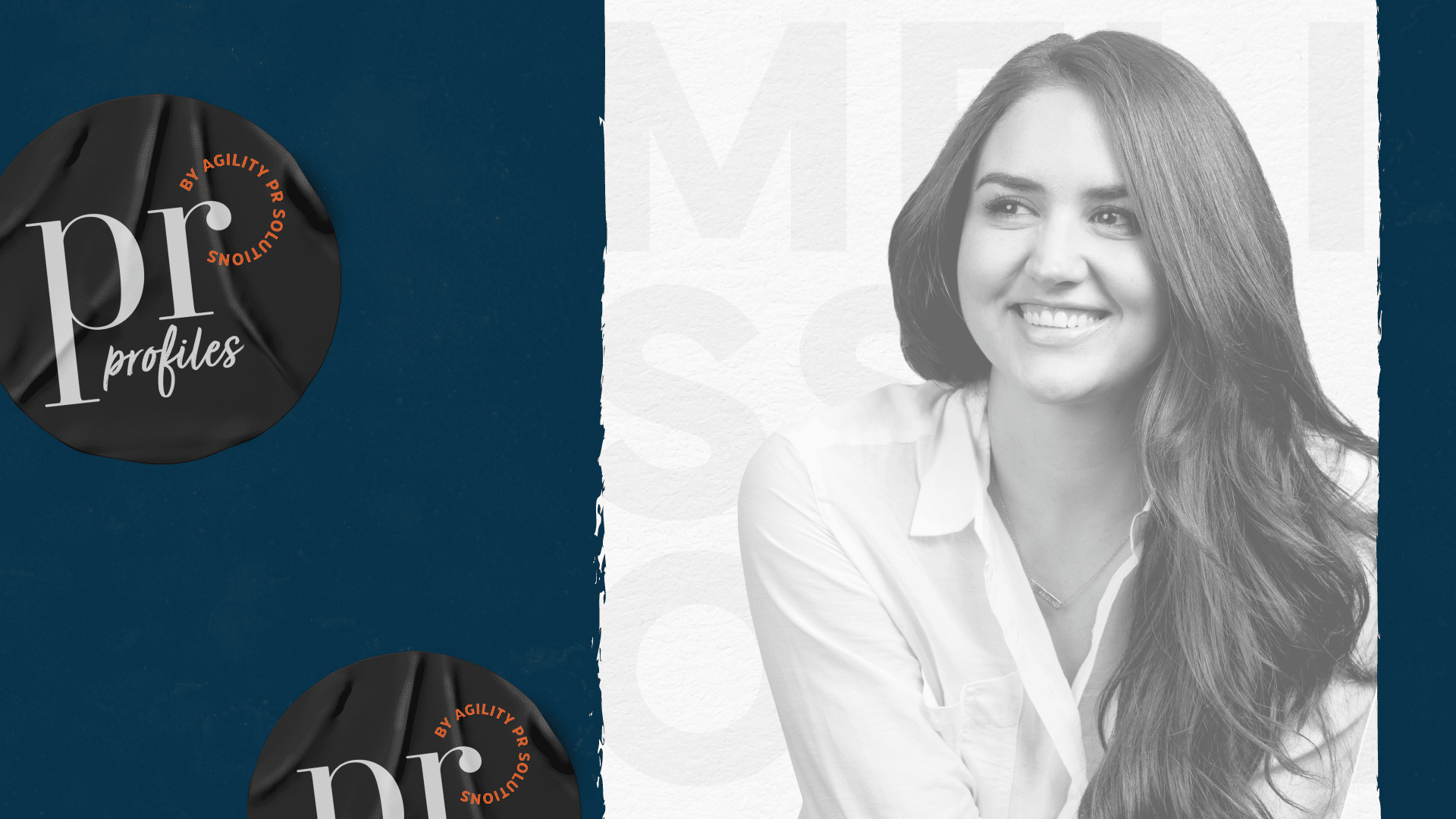Agility’s media intelligence work with client, the Canadian Medical Association (CMA), was recently shortlisted for the AMEC Awards 2022 in its category, Most effective planning, research and evaluation in the public and not-for-profit sectors. The Media Insights Group at Agility produces the weekly impact and insights report to help CMA quickly assess media impact on a weekly basis while taking the pulse of current health-related trends in Canada.

Jeremy Parkin, Data Analytics & Media Intelligence
We spoke with Jeremy Parkin, Manager, Data Analytics & Media Intelligence at Agility to learn more about the weekly reports and how they have benefited CMA’s communications work.
How did CMA become a client of Agility?
CMA became a client in 2018 when they wanted help with daily media monitoring and briefings.
One of our internal goals in the professional services department is to work with clients and be adaptive to their needs in such a way that they really think of us as a partner in their work—as an extension of their team. I think with CMA, the work we were doing for them on the daily coverage briefings helped build that trust and confidence that, yes, we have the understanding and media intelligence expertise, not only to effectively handle those kinds of tasks, but also to develop new solutions to new challenges.
And I think that’s why they reached out to us when their leadership came to them looking to develop a media intelligence reporting program that would be highly customized to their requirements.
How did the weekly impact and insights report come about? How collaborative was the process?
The CMA and its leadership were seeking a way to quickly assess media impact on a weekly basis while taking the pulse of current health-related trends in Canada.
It was a tremendously collaborative process. They came to us with a pretty developed vision of what they wanted the weekly report to accomplish, and they even had some ideas on what could be included.
It had to bring social and traditional media metrics together in a way that would easily be understood by internal audiences, including the leadership team. It had to highlight social posts and media stories about their own brand and provide a social media barometer that would offer insights on key trends in healthcare in Canada, including the active participants in the space.
We took that and put together some recommendations which evolved into the first version of the report. From there we began producing the weekly report but continued to gather feedback from them about which aspects were working well, and which still needed further refinement.
I think the report was useful to them from day one, but really became indispensable after a few more cycles of iteration. Our process for producing the report also had to evolve to meet the new needs as they surfaced and presented new problems to solve.
What innovative or original approaches does the report take that provides value to CMA?
This project presented a few unique challenges and really drove innovation in two key areas:
Segmentation of audiences
Seeing the general healthcare buzz on social would have been good but knowing what was trending within CMA’s three key audiences would be transformative.
With CMA’s direction, Agility did the exhaustive research to build lists of social handles to include in each audience segment (around 1,600 Canadian doctors, 1,000 politicians, and 500 other healthcare stakeholders).
Each of those three lists were created as “Source Groups” in the Agility platform which are then used to segment out mentions from the general healthcare query into the posts coming from those three key audiences.
Top influencers
It’s easy to make a top influencer list based on a single metric like total number of posts, followers, or interactions. But for CMA’s communications team, none of those approaches produced a satisfactory list. A lot of irrelevant names were showing up, and we found that significant manual curation was needed—given that we wanted to create a cost-effective and repeatable process for the report, this presented a real challenge.
After trying a few relatively straight-forward approaches, we ultimately developed a hybrid methodology integrating several of those standard metrics together and leveraging some statistical evaluations and an ever-growing list of influencers that are pre-approved for inclusion or exclusion. This technical approach provides guidance to the analyst working on the report each week, allowing them to complete the task in an appropriate amount of time, and in a highly consistent manner.
Each week, the analyst also adds newly vetted influencers to the pre-approved list, and verified non-relevant influencers to the exclusion list, so the system continues to “learn” each week.
How has CMA applied the insights from the report and what have been the results?
“The report gives us a weekly condensed summary of CMA’s external comms, and a pulse on what our key stakeholders are focused on that we may have missed,” says Anick Losier, Vice President, CMA Media. “Having all this in one report enables us to better inform our executives, presidents, and spokespeople so that we’re all on the same page about our impact and what’s being said externally. It creates alignment around the impact of our external communications strategy.”
The report is widely shared within the CMA. “Not only do we send it to our presidents, we also post it on our intranet, where all of CMA’s 300+ employees have access to it so they can see what’s happening as it pertains to their own work,” says Losier.
The audience insights page has been a game changer according to Losier, providing an holistic view of the audiences they care about, separated from the noise and algorithmic distortions of the social platforms. For the in-house communications team at CMA, it changes the context of how they approach and interact with those audiences.
The top influencers section has helped the team gain exposure to relevant accounts they would not have found otherwise. Social Media Advisor Vivian Walsh says, “I appreciate that we’re seeing trending topics that we might not necessarily have exposure to in our day-to-day monitoring. We’re seeing who else is saying something, and it’s not the typical players that we come across just because there’s a lot of people that post a lot and get a lot of engagement, so they’re at the top of our feed, no matter what filters we apply.” She adds: “We’ll see doctors that I hadn’t seen all week, but then I go and cruise their profiles, and see they’ve been super active and really engaging.”
CMA Senior Media Relations Advisor Eric Lewis adds, “Everything changes constantly, usually by the day, sometimes by the hour. When we get that report on Friday, it is kind of nice to open it up and just see the impact we’ve had, and how the things we’ve worked on have resonated in some way. There’s some meaning behind that.”
Losier agrees, saying, “We’re an advocacy shop. Our bread and butter is to get the word out on the work of the CMA. The weekly report arms us with the context we need to do our jobs.”
What led you to applying for the 2022 AMEC Awards?
The AMEC Awards “showcases the importance of research, measurement, insights and analytics”. This weekly report encompasses all of those factors and has become a key part of the CMA’s communications strategy. As such, it can be a model to other non-profits and associations on how something—like measurement—that has unfortunately been considered an afterthought or of low priority in PR for many years, plays an integral role in meeting business goals.
While many communications teams could benefit from some similar approaches, CMA had the vision and appetite to solve some problems that few others address. Getting to work with them to see this project through has been very rewarding. And for our team, having the chance to develop new solutions to new problems is very exciting and contributes to our ever-growing capacity.
Agility has been shortlisted for the AMEC Awards 2022! We’re thrilled that our work with @CMA_Docs has been recognized in its category & we’re honored to be included among other deserving organizations who celebrate the value of PR measurement. #amecawards https://t.co/ueuy2bgtyd pic.twitter.com/xTvVXcZenp
— Agility PR Solutions (@AgilityPRS) September 30, 2022
Why do you think recognizing and celebrating measurement, insights, and analytics is important for PR and communications?
I talk a lot with my team about the distinction of working in the machine vs working on the machine. PR is such a dynamic field which means our practices must be dynamic too. It’s important that we not just do the work, but we take a step back and evaluate what is working and why—and then determine how we can do better, work smarter, and make an even bigger impact with the resources we have.
Measurement is one of the best ways that we can work on the machine, particularly because the intersection of PR and measurement is still relatively young. As an industry, we’re still fighting to transition away from some very unscientific approaches. But now, with all the rapidly developing technologies that allow practitioners to go about their work more efficiently and measure their results with relevant, timely data, there is no longer an excuse for measurement to be a sidelined department or task. There’s a lot of opportunity for mature solutions to poorly solved or long-ignored challenges.
Winners of the AMEC Awards 2022 will be announced in a London Awards Ceremony on November 17, 2022. Cross your fingers for us!


